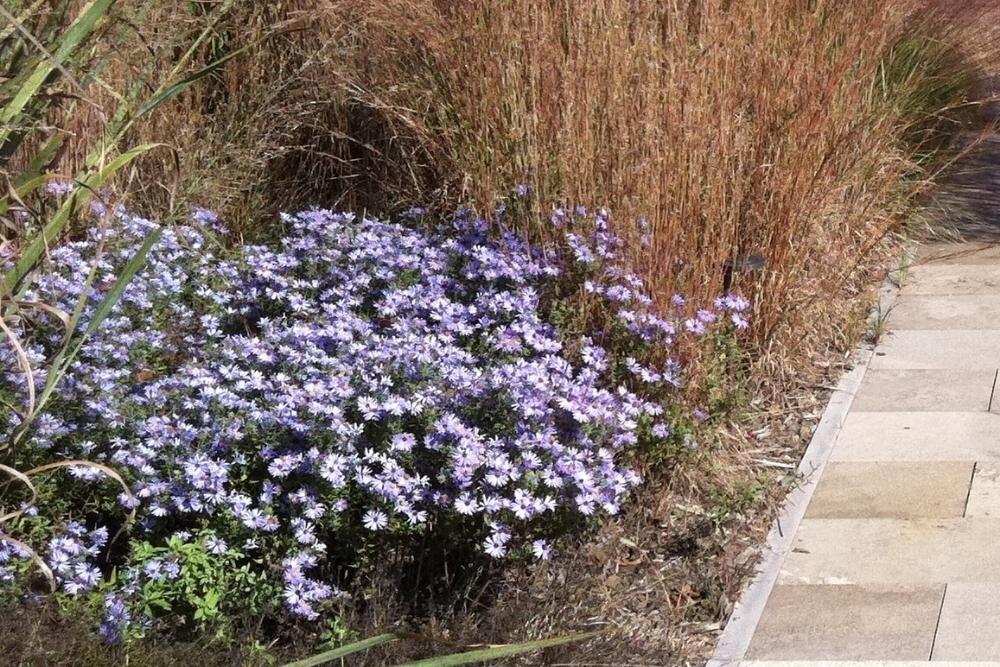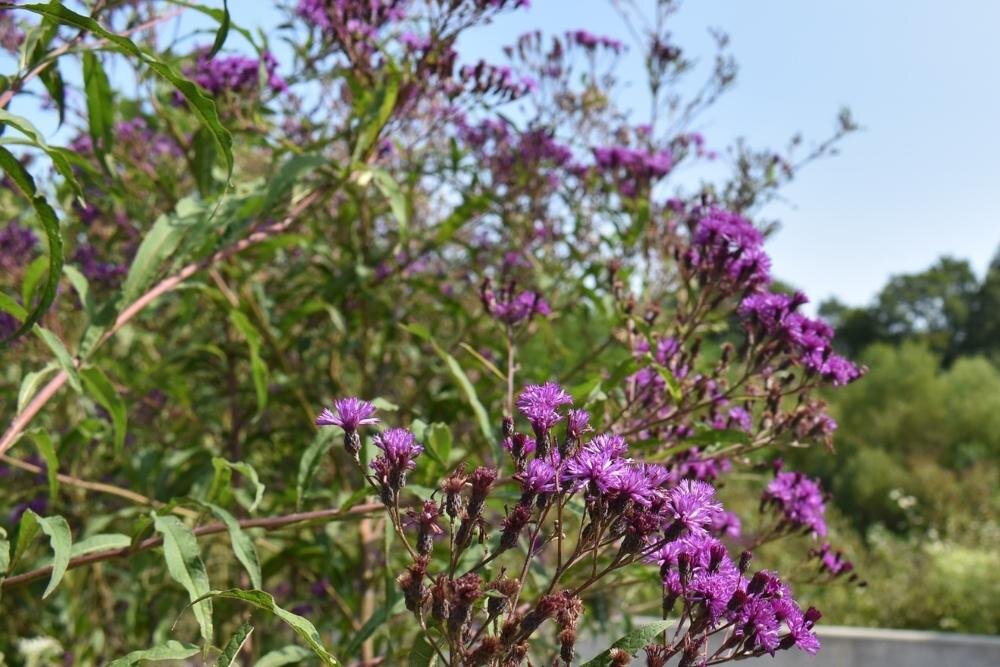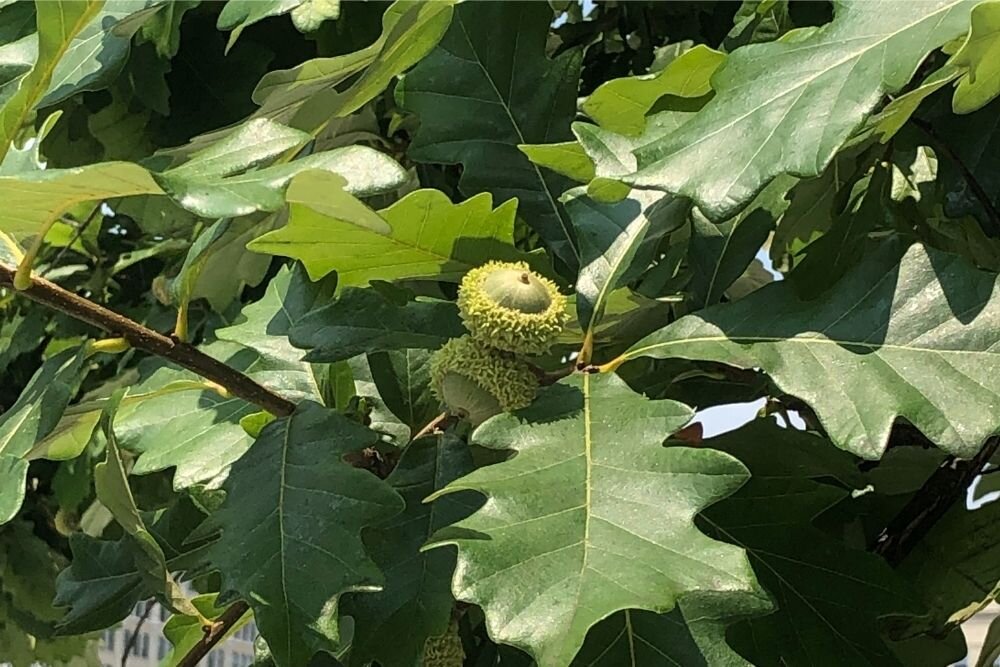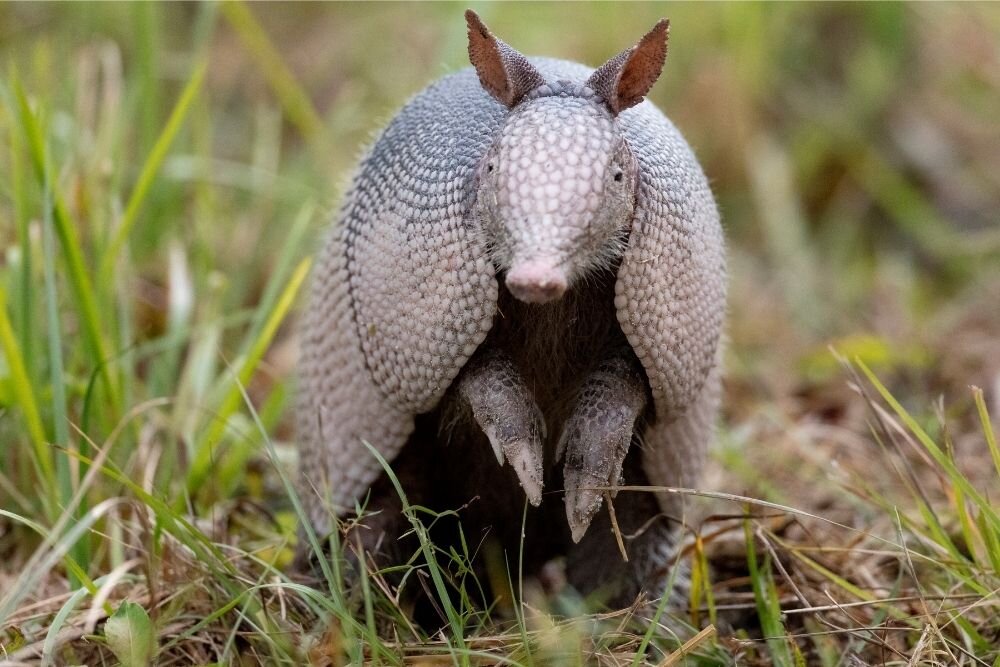
Wax Myrtle
Wax Myrtle – Morella cerifera – is a member of the Bayberry (Myricaceae) family. It is an evergreen large shrub/small tree, growing to 20 feet high and 15 feet wide. Wax myrtle is one of a handful of our native evergreen shrubs that is easy to grow. For those of us who primarily use natives, the demand for evergreens is a challenge, and wax myrtle is one of our best options. It has very inconspicuous flowers, and its leaves and stems have a spicy, aromatic fragrance when they are crushed. In a pinch, its fragrant leaves can be used as a natural bug repellant.

Monarch Madness
What is orange, painted black, and is always seen around the beginning of fall? If you said jack-o-lantern, try again. It’s the monarch butterfly! The monarch butterfly (Danaus plexippus) is the charismatic face of all Lepidoptera, the order of animal life that contains all of our extant moths and butterflies. Weighing in at well under 0.1 of an ounce (less than a single sheet of paper), about 3”-4” wide, and boasting a truly vibrant orange color with black borders and white dots, the monarch’s grandeur is unique.

Aromatic Aster
Aromatic aster, Symphyotrichum oblongifolium, is one of our last blooming native flowers providing pollinator forage late into October, when there is little else available. Like many other asters, its blooms are a joy for people who are missing the vast flowers of summer. The leaves, when brushed lightly, release a pleasant fragrance, as the name suggests.

Giant Ironweed
Giant ironweed (Vernonia gigantea) is common statewide, usually in mesic pastures, fields, and thickets. It is considered a facultative wetland indicator plant, meaning it is equally likely to show up in wetlands as in non-wetlands. The nectar of giant ironweed attracts a wide variety of bees, butterflies, and other pollinators, and the blooms make for great butterfly watching. It is best used as a background plant in a larger naturalized planting.

Our Favorite Books
Summer may be over, but we're still reading! Our team has put together a list of some of our favorite books, covering a wide range of topics, with lots of natural science, biology and botany - of course! Now, we’re sharing it with you for your own reading pleasure.

Black Gum/Tupelo Gum/Pepperidge
Black Gum/Tupelo Gum/Pepperidge - Nyssa sylvatica – is a member of the Gum (Nyssaceae) family. It has perhaps the most striking fall color of any native or non-native tree we can plant in the southeast, and the flowers of Nyssa ogeche are the source of the famously delicious Tupelo honey.

Swamp Rose Mallow
Swamp rose mallow is a member of the Mallow (Malvaceae) family, which includes herbs, shrubs, and small trees. There are over 85 genera and 1500 species in this family, some of which are okra (edible), cotton (for apparel), and Rose of Sharron (ornamentals). The flowers of this plant only last one day, but being so conspicuous, they are a wonderful addition to the garden, and they attract many species of bees.

Incredible Owls and How to Protect Them
Imagine being able to track a sound’s movement, even as you’re moving at high speed. Owls can do that! Their stealthy hearing makes them insanely good at hunting. They’re nature’s pest control, but our pest control methods put their lives at risk.

Enjoy Our Lower Meadows in Peak Bloom
The native wildflowers in our lower meadows are in peak bloom, and members and visitors are invited to enjoy the flowers and see ecosystem management in action by touring the meadows during daylight hours.

Narrowleaf Silkgrass
Narrowleaf Silkgrass – Pityopsis graminifolia – is a perennial member of the Aster (Asteraceae) family. It does very well in our region, unless you pamper it, fertilize it, give it rich soil, and otherwise coddle it! This plant attracts pollinators and is often used in xeriscape gardens to reduce erosion.

Deerberry
Deerberry is a blueberry that comes not only with delicate spring flowers and intense red-maroon fall color, but also with tart, intense-flavored wild blueberries in late summer. Plus, deerberry flowers provide nectar for many insect species, including many bee species, as well as various butterfly species. To say this species attracts many pollinators would be an understatement!

Bluestem Goldenrod
Bluestem Goldenrod is a garden favorite for its purplish/blue stems and leaves and clusters of flowers. The quality of the leaves/stem color and the way the blooms are held along the stems also make this a favorite for cut flowers. Plus, pollinators love it!

Rusty Blackhaw Viburnum
Common on the slopes of Lookout Mountain, this hardy large shrub/small tree is easily mistaken for dogwood in the winter with its similar bark. It features exceptional fall color, edible fruit, and a beautiful form.

Meet Phoebe, Our Virginia Opossum
Reflection Riding has a new member of the family! Meet Phoebe, our Virginia Opossum. Phoebe was born in early spring 2021 and arrived at Reflection Riding just recently after being cared for by the wonderful caregivers at Opie Acres, Chattanooga’s opossum rehabilitation group.

Swamp White Oak
Swamp White Oak – Quercus bicolor – is a deciduous, medium-tall tree from the Beech (Fagaceae) family. As an oak, this tree falls into another category as the number one Genus for supporting Lepidoptera (butterflies and moth) and is critical to supporting declining species in that Genus, not to mention many bird species that depend on Lepidoptera for their food.

Slender Mountain Mint
Slender Mountain Mint – (Pycnanthemum virginianum) is an herbaceous, fragrant perennial and is a member of the Mint (Lamiaceae) family. It is a garden workhorse, producing prolific blooms for pollinators and you to enjoy.

Garden Phlox
Garden Phlox – Phlox paniculata – prized for its billows of sweetly fragrant blooms, should be a staple for anyone desiring long-lasting, trouble-free garden color in the mid-summer months. This plant is particularly appealing to butterflies and hummingbirds and also tolerates grazing by deer.

Behold, the Armadillo!
Surprising to some, many of us have seen armadillos in our immediate area. These unusual looking animals have only reached Tennessee in the last thirty years or so, but their potential range continues to expand because of their rapid breeding cycle, adaptability, reduction of predators, and climate warming caused by increasing carbon in the atmosphere.

Tickseed (Coreopsis)
Tickseed – Coreopsis spp.- is a massive genus with many species and many cultivars and varieties within those species. It is a member of the Aster (Asteraceae) family, is perennial (sometimes annual), and native to all of the Americas; North, Central and South America.
Coreopsis provides a superb ground cover for yards as well as a cover for denuded or eroded areas.

Small Whorled Pogonia
“The Rarest Orchid East of the Mississippi” and the Importance of Finding It
How can any plant be rare when we see a mosaic of green everywhere we look? Well, according to the U.S. Forest Service, 8,500+ species, or one third of our native plants, are considered to be rare in the United States. In recent field work, Dylan Hackett and Scotty Smith, with the help of Zach Irick from SGI and Hannah Lieffring, set out to find the elusive Small Whorled Pogonia (Isotria medeoloides), considered the rarest orchid east of the Mississippi. There have been only three observed and recorded populations in Tennessee, one of which is in Hamilton County.

